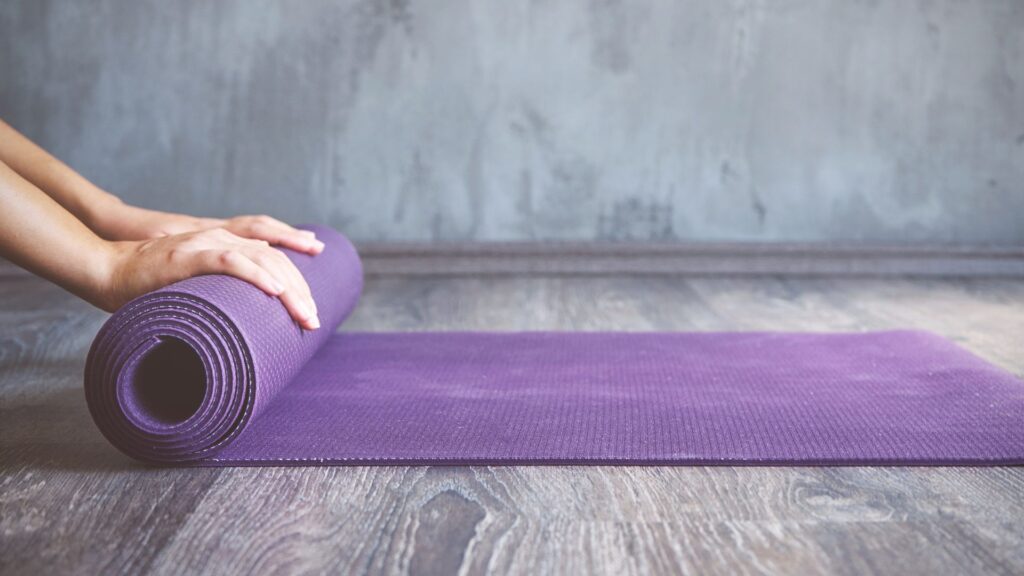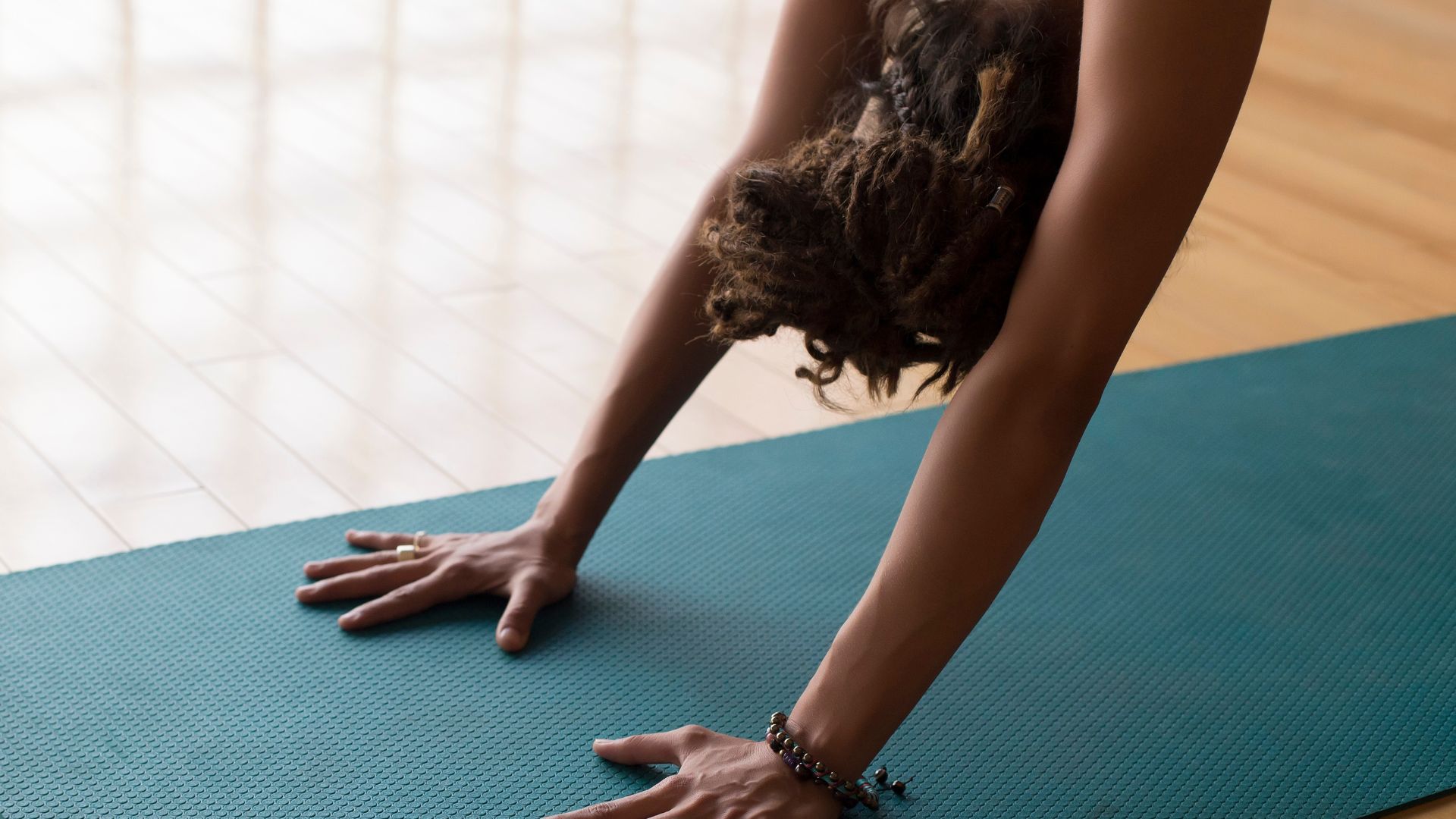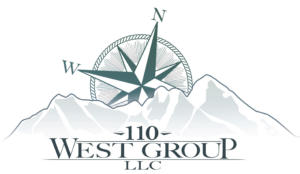Muscle memory. It’s as applicable in leadership as it is in our physical pursuits.
My yoga practice started in 2009. For over a decade I was on the mat, either in the studio or through a strong home practice, 3-5 times a week.
We moved. COVID hit. I got tired of practicing on carpet in the only good space in my home. We moved again … My practice over the past 3 years is not as frequent as it once was.
This summer, I was recommitting to my practice. Then we moved again. Then I sustained a concussion. I’ve gotten to the mat maybe 3 times in the past two months.
I miss it, and I’m finding my way back to it. As a good friend said to me once, “The mat will be there when you’re ready for it.”

Earlier this week, I got on the mat for the first time since my concussion a month ago.
Muscle memory kicked in. With every posture, my muscles and bones worked themselves into the alignment and engagement they’d practiced for years. I surprised myself with my strength and observed my balance. I created a sequence in the moment based on what my body needed. When I hit my first down dog, I nearly cried with the sense of coming home.
The muscle memory of over a decade of practice made it easy to settle in on the mat.
One of my favorite sayings about yoga is “It’s a yoga practice, not a yoga perfect.”
I’ve often said that leadership is like yoga: it’s a practice. We never “arrive” or get to the top. We are never “perfect” as leaders.
But like with yoga or any physical activity, the more we practice our leadership, the easier it becomes to step back into the crucial skills it takes to lead.
We build leadership muscle memory when we make it a regular practice to:
- Give feedback, both positive and constructive
- Think from a systems perspective
- Step into empathy to consider the impact of decisions on others
- Lean into difficult conversations
- Coach versus advise and direct
- Self-reflect on how we show up as a leader each day
The more we practice these leadership skills, the more comfortable they become. And if we step away from leadership for a while for whatever reason, or don’t need the skill for a time, our leadership muscle memory will kick in when we get “back on the mat” and make the transition much easier.
Practice takes time. Practice takes commitment. Practice takes a willingness to mess up, learn, and practice again.
And with enough practice, when you engage in these leadership skills, it will feel like coming home.
I’d love to hear from you: What other leadership skills have you built with practice?








Recent Comments